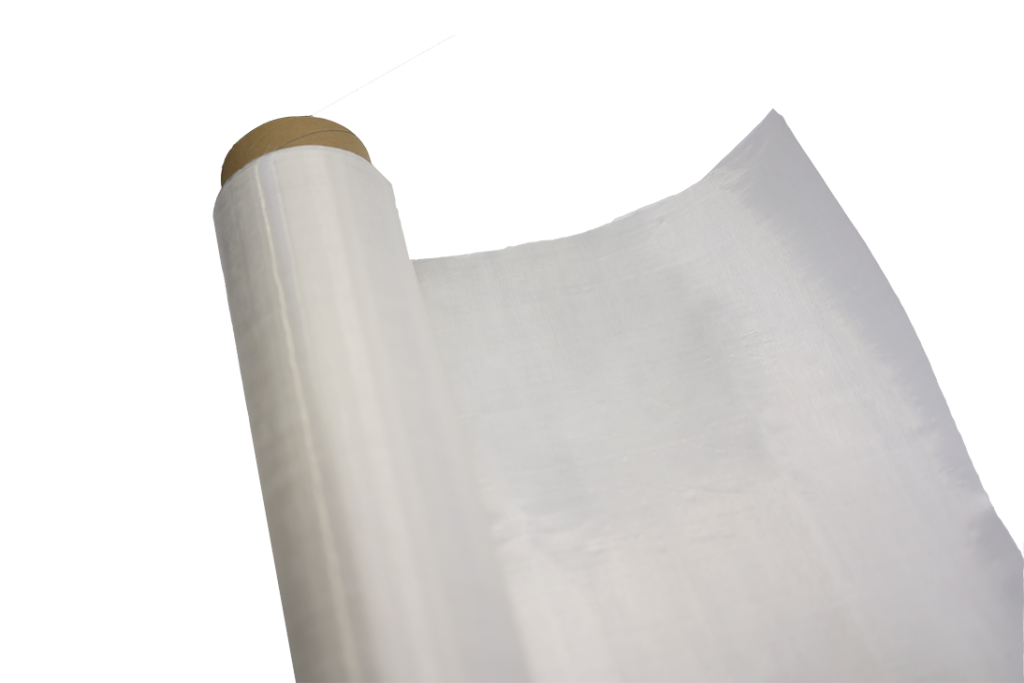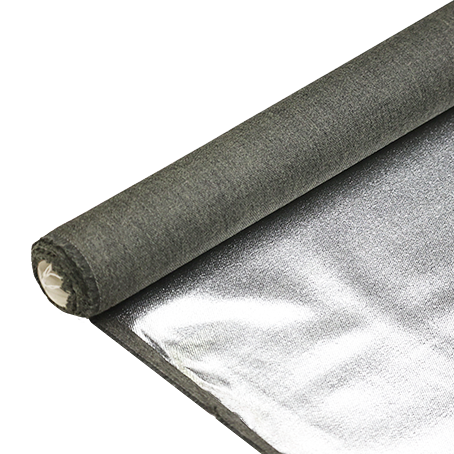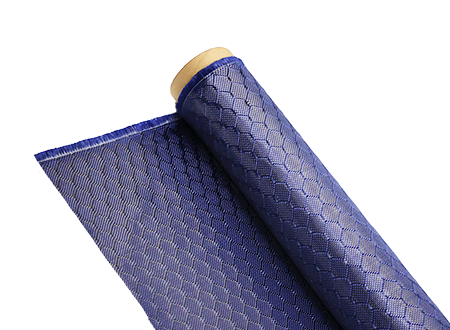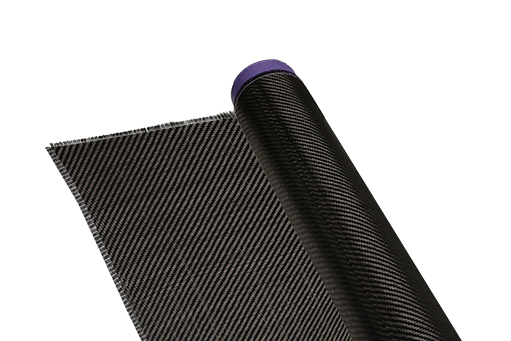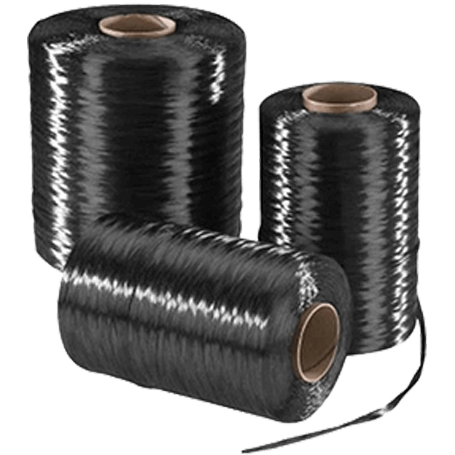Carbon Fiber Density: Facts and Insights
-
 Your Composites Expert Carbon Fiber Materials&Products
Your Composites Expert Carbon Fiber Materials&Products -
-1.png?width=686&height=617) Your Composites Expert Aramid Fiber Materials&Products
Your Composites Expert Aramid Fiber Materials&Products -
 Your Composites Expert UHMWPE Materials&Products
Your Composites Expert UHMWPE Materials&Products -
 Your Composites Expert Fiberglass Materials&Products
Your Composites Expert Fiberglass Materials&Products -
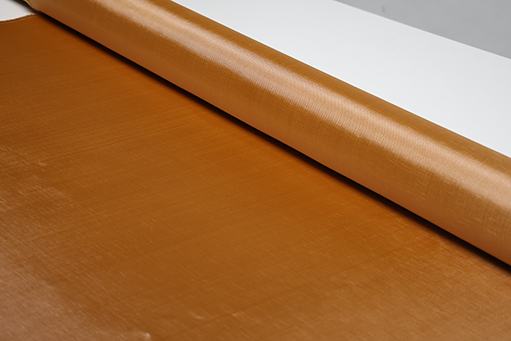 Your Composites ExpertPBO Materials&Products
Your Composites ExpertPBO Materials&Products -
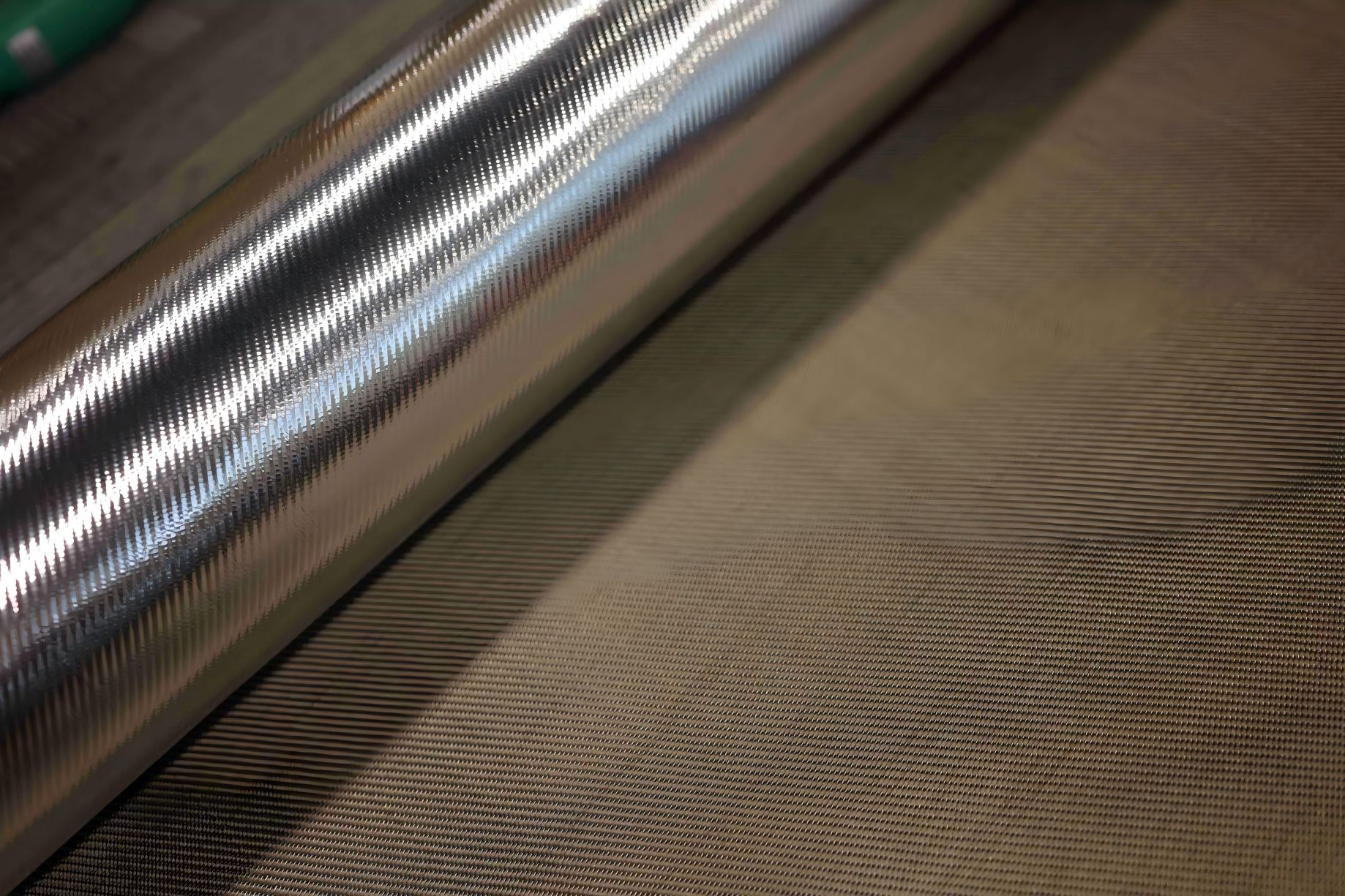 Your Composites Expert Basalt Materials&Products
Your Composites Expert Basalt Materials&Products
When it comes to high-performance materials, carbon fiber has become a popular choice in a wide range of industries due to its exceptional strength and light weight. But, what exactly is carbon fiber density, and why is it important?
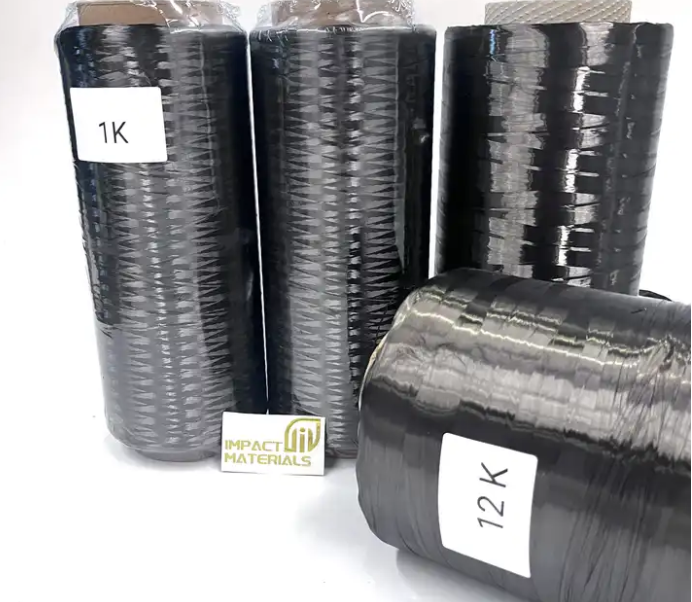
Carbon fiber density refers to the mass per unit volume of a carbon fiber composite material. It is a critical factor that engineers and manufacturers consider when selecting the most suitable material for different applications.
In this section, we will provide an overview of carbon fiber density and its significance in various applications. We will explain what carbon fiber density is and its role in determining material strength.
Key Takeaways
- Density is the mass per unit volume of a carbon fiber composite material.
- It is a critical factor in selecting the most suitable material for different applications.
- Carbon fiber density plays a significant role in determining the strength and durability of carbon fiber composites.
Understanding Carbon Fiber Density
Carbon fiber density is a critical factor in determining the quality and performance of carbon fiber materials. It is defined as the ratio of mass-to-volume of the material. The density of carbon fiber can vary depending on factors such as the type of fiber, the manufacturing process, and the resin system applied.
To measure density of carbon fiber, a method called the pycnometer method is commonly used. This involves using a special device called a pycnometer to measure the volume of a known mass of the material. The mass is obtained using a precision balance, and the volume is determined by filling the pycnometer with a liquid and measuring the volume displaced by the material.
The importance of density lies in its relationship with material strength. Generally, materials with a higher density are stronger than those with a lower density. However, carbon fiber is unique in that it has an exceptional strength-to-weight ratio, meaning that even though its density is relatively low, it still exhibits high strength and durability.
By understanding density, engineers and manufacturers can select the most suitable material for specific applications based on the required strength and weight criteria.
Calculating Density of Carbon Fiber
Calculating carbon fiber density is crucial to evaluate the quality and performance of the material. There are two ways to calculate carbon fiber density: using a density calculator or by performing manual calculations using the following formula:
Density (ρ) = Mass (m) / Volume (V)
To use a density calculator, follow these simple steps:
- Enter the mass of the carbon fiber sample in grams
- Enter the volume of the carbon fiber sample in cubic centimeters
- Click on the calculate button to obtain the density value
Alternatively, you can manually calculate density by weighing the sample and measuring its volume using the displacement method or by utilizing a micrometer or caliper. Once you have the mass and volume, apply the formula above to obtain the density value.
Carbon Fiber Density vs Strength
Carbon fiber composites are known for their exceptional strength and lightweight properties. However, material strength is not solely determined by the fiber type and resin system used; density also plays a critical role in determining overall strength and durability.
While higher density carbon fiber composites can offer increased strength, they may also contribute to greater weight, reducing the material's overall performance. On the other hand, lower density carbon fiber composites may sacrifice some strength in favor of reduced weight.
It's important for engineers and manufacturers to carefully consider the balance between density and material strength when selecting materials for specific applications.
"By optimizing the carbon fiber density, manufacturers can achieve a material with the ideal combination of strength and weight, resulting in improved performance and efficiency."
Density and Strength Relationship
The relationship between density and strength can be explained by the principles of modulus of elasticity (MOE) and modulus of rupture (MOR). MOE measures a material's stiffness, or its ability to resist deformation under stress, while MOR measures the maximum amount of stress a material can sustain without fracturing.
Carbon fiber density is directly related to MOE, with higher density composites typically exhibiting higher MOE values, and therefore, greater stiffness. However, the relationship between density and MOR is less straightforward, as MOR can be impacted by factors such as fiber orientation, manufacturing process, and resin system.
Density vs Strength Examples
| Carbon Fiber Type | Density (g/cm3) | MOR (GPa) | MOE (GPa) |
|---|---|---|---|
| Toray T300 | 1.76 | 4.69 | 230 |
| Toray M46J | 1.58 | 3.24 | 170 |
| Cytec Thornel T300/5208 | 1.60 | 4.14 | 234 |
The table above provides a comparison of density, MOR, and MOE values for three commonly used carbon fiber types. As we can see, the density of each fiber type impacts their strength and stiffness values differently. Toray M46J, for example, has a lower density than Toray T300 but exhibits a lower MOE and MOR as a result.
By carefully considering density in the context of specific application requirements, manufacturers can select a material that offers optimized strength and weight properties.
Importance of Carbon Fiber Density
Carbon fiber density plays a critical role in various industries, influencing the strength, durability, and efficiency of materials used for different applications.
For engineers and manufacturers, understanding the importance of density is crucial in selecting the right materials for specific uses. The density of carbon fiber materials impacts factors such as weight reduction, stiffness, and cost-effectiveness.
Industries such as aerospace, automotive, sports, and renewable energy rely on carbon fiber technology for improved performance and efficiency. Density contributes significantly to achieving these goals by providing lightweight and durable materials that enhance overall functionality.
In conclusion, the importance of density cannot be overstated. This property influences multiple aspects of material performance and suitability for various applications. Engineers and manufacturers who consider density in their designs can create optimized and efficient solutions.
Density Comparison
When it comes to material selection, carbon fiber stands out for its impressive strength-to-weight ratio. But how does carbon fiber density compare to other commonly used materials?
| Material | Density (g/cm³) |
|---|---|
| Steel | 7.85 |
| Aluminum | 2.7 |
| Titanium | 4.5 |
| Carbon Fiber Reinforced Plastic (CFRP) | 1.6 |
As shown in the comparison chart above, density is significantly lower than that of steel, aluminum, and titanium, making it a lightweight alternative to these materials. This property is particularly valuable in industries such as aerospace and automotive, where weight reduction is critical for improved efficiency and performance.
Furthermore, despite its low density, carbon fiber exhibits exceptional strength, allowing it to outperform many other materials in terms of overall performance.
Overall, a comparison of carbon fiber density with other materials reveals that carbon fiber is a superior choice for applications that require a high strength-to-weight ratio and lightweight design.
Factors Affecting Density
Density can be influenced by several factors. These factors can have a considerable impact on the final density of the material and, therefore, its strength, durability, and suitability for various applications. Understanding these factors is critical for manufacturers and engineers to produce high-quality carbon fiber composites.
Manufacturing Processes
The process used to manufacture carbon fiber composites can affect the final density of the material. For instance, the use of high-pressure molding techniques can lead to higher levels of resin content and, consequently, higher densities. On the other hand, processes like filament winding or AFP/ATL tend to have lower resin content resulting in lower densities.
Fiber Types
Carbon fibers come in a range of diameters, lengths, weaves, and finishes, each with its density. A high-density fiber will result in a denser composite, while a low-density fiber will create a less dense composite. Thus, the characteristic density of the fibers plays a major role in the overall composite density.
Resin Systems
The type of resin system used in the composite material also affects the final density of carbon fiber. A high-viscosity resin system with a high proportion of solvents will result in a denser material, while a low-viscosity system with less solvent content will lead to lower densities.
Tip: Manufacturers can optimize the density of their carbon fiber composites by carefully selecting the right combination of the above three factors. This requires balancing the requirements of the application with the available materials and manufacturing techniques.
Applications of Density
Carbon fiber density is an essential factor in several industries where weight and strength are crucial. Let's take a closer look at some of the various applications.
Aerospace
The aerospace industry benefits significantly from carbon fiber density due to its high strength-to-weight ratio, making it ideal for aircraft and spacecraft components. Carbon fiber-reinforced composites are commonly used in aircraft wings, fuselage sections, and engine components, resulting in lighter and more fuel-efficient vehicles.
Automotive
The automotive industry also utilizes carbon fiber density to develop lighter and stronger cars, enhancing both performance and fuel efficiency. Carbon fiber materials are ideal for developing lightweight body structures, suspension components, and intake systems, resulting in improved acceleration, handling, and braking.
Sports
Carbon fiber materials are widely used in sporting equipment, from tennis rackets to bicycles, due to their low weight and high strength. The use of density in sports equipment provides athletes with enhanced performance, better handling, and reduced fatigue, resulting in a competitive edge.
Renewable Energy
The renewable energy sector is another area where density plays a crucial role in developing energy-efficient solutions. The low weight and high strength of carbon fiber materials make them ideal for manufacturing wind turbine blades, reducing costs and increasing energy production.
Overall, carbon fiber density is an essential factor in several industries where weight and strength are crucial, enhancing performance, efficiency, and sustainability in various applications.
Understanding Carbon Fiber Density Chart
Measuring density of carbon fiber is crucial for determining its properties and suitability in various applications. A density chart is a valuable resource that lists the density value for different types of carbon fiber materials.
The chart is typically organized in a table format, with each row representing a specific type of carbon fiber and each column showing different density values at varying conditions (such as room temperature or after curing).
Interpreting Carbon Fiber Density Chart
To make informed decisions about material selection, it is essential to understand how to read and interpret a carbon fiber density chart. The chart typically includes information such as:
- Carbon fiber type and supplier
- Density values at various conditions
- Identification of fiber orientation
- Other material properties (such as stiffness and strength)
Using this information, engineers and manufacturers can evaluate which carbon fiber material is best-suited for their specific needs and applications. For instance, a low-density carbon fiber material may be preferred for lightweight components, while a high-density material may be suitable for applications that require greater strength and durability.
Choosing the Right Carbon Fiber Material
The choice of carbon fiber material can significantly impact the performance and efficiency of a product or application. By using density chart, engineers and manufacturers can select the most suitable material that meets their requirements for strength, weight, and other properties.
It is also important to consider other factors that can affect material properties, such as manufacturing process, resin system, and fiber orientation. By taking a holistic approach to material selection, designers can ensure optimal performance and functionality in their products.
Conclusion
In conclusion, the density of carbon fiber plays a significant role in determining the strength and suitability of materials for various applications. Understanding density is crucial for engineers and manufacturers to optimize performance and minimize weight in their designs.
By measuring and calculating density, it is possible to evaluate the quality and performance of carbon fiber materials accurately. As such, carbon fiber density is a critical factor that must be considered when selecting materials for specific uses.
Density is particularly important in industries such as aerospace, automotive, sports, and renewable energy, where the weight of components and materials can significantly impact performance and efficiency.
By comparing carbon fiber density with other commonly used materials, it is clear that carbon fiber provides a weight reduction advantage while maintaining high strength-to-weight ratios.
To ensure optimal performance, it is essential to consider the factors that can affect carbon fiber density, such as manufacturing processes, fiber types, and resin systems. By doing so, engineers and manufacturers can make informed decisions about material selection and production processes.
In conclusion, carbon fiber density is a critical property that should not be overlooked in material selection and design. Understanding this concept and its applications is essential to achieving optimal performance and efficiency in various industries and applications.
FAQ
What is carbon fiber density?
Density refers to the mass of carbon fibers per unit volume. It is a measure of how closely packed the carbon fibers are within the material.
How is density measured?
It is typically measured by weighing a known volume of the material. The weight is divided by the volume to determine the density. The units are usually grams per cubic centimeter (g/cm³) or kilograms per cubic meter (kg/m³).
Why is ensity important?
Density plays a crucial role in determining the strength and performance of carbon fiber materials. It affects properties such as stiffness, durability, and weight. Higher density can indicate greater material strength.
How can I calculate density?
To calculate density, divide the weight of the material by its volume. You can use a density calculator or use the formula: density = mass/volume. Make sure to use consistent units for accurate results.
What is the relationship between carbon fiber density and strength?
Density and strength are closely related. Generally, higher density carbon fibers tend to have higher strength. However, other factors such as manufacturing processes and resin systems can also influence the material strength.
What are the applications of carbon fiber density?
Carbon fiber density is important in various industries, including aerospace, automotive, sports, and renewable energy. It is used in applications that require lightweight yet strong materials, such as aircraft components, car bodies, sports equipment, and wind turbine blades.
How does carbon fiber density compare to other materials?
Carbon fiber has a lower density compared to many traditional materials, such as steel and aluminum. It offers a high strength-to-weight ratio, making it attractive for applications where weight reduction is critical.
What factors can affect density?
Several factors can influence carbon fiber density, including the type of carbon fiber used, the manufacturing process, and the resin system. Different fiber types and resin combinations can result in variations in density.
How can I interpret a density chart?
A density chart displays the density values of different types of carbon fibers. It helps in selecting the most suitable material for specific applications. Lower density values indicate lighter fibers, which are desirable for weight reduction purposes.


